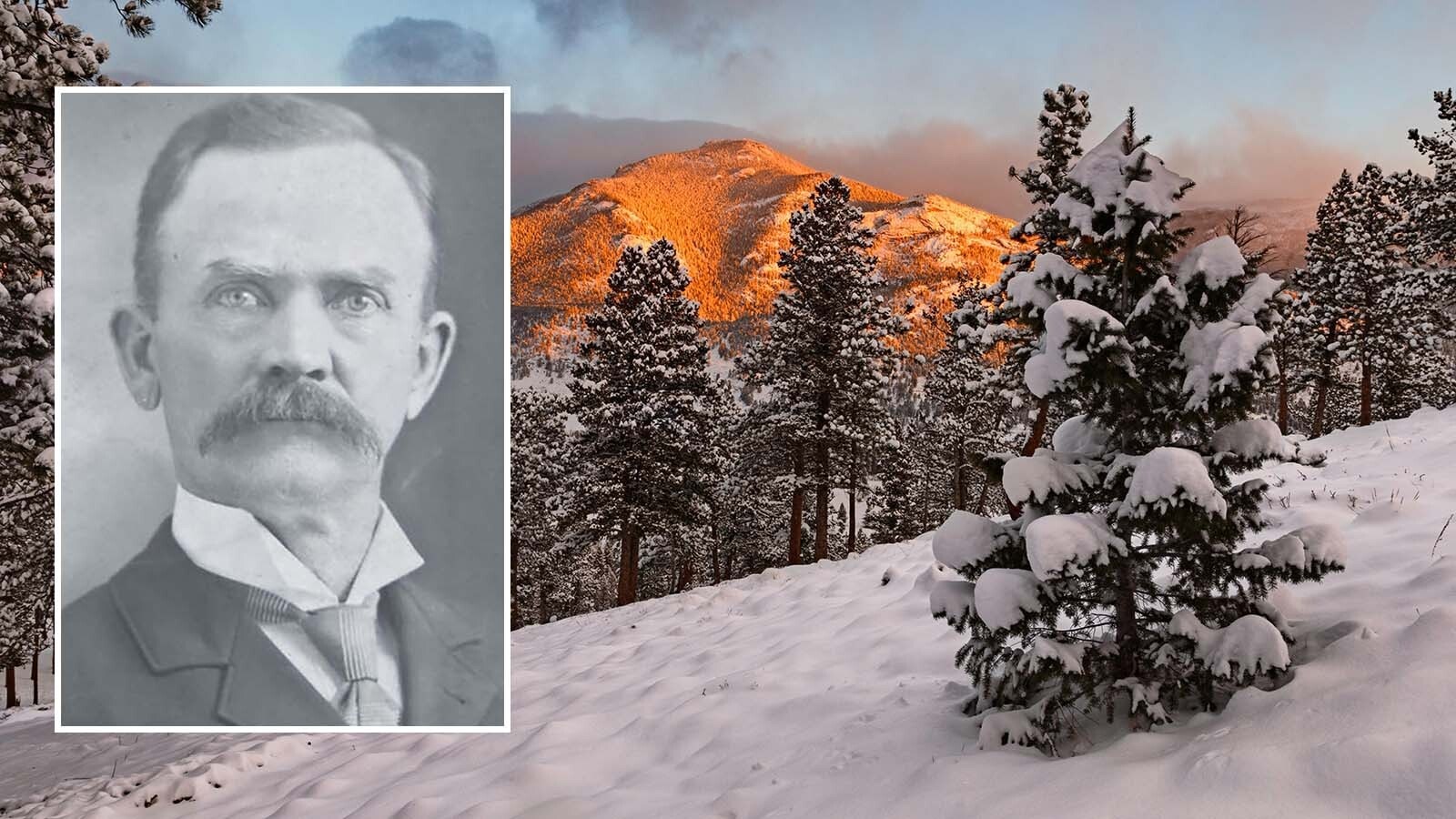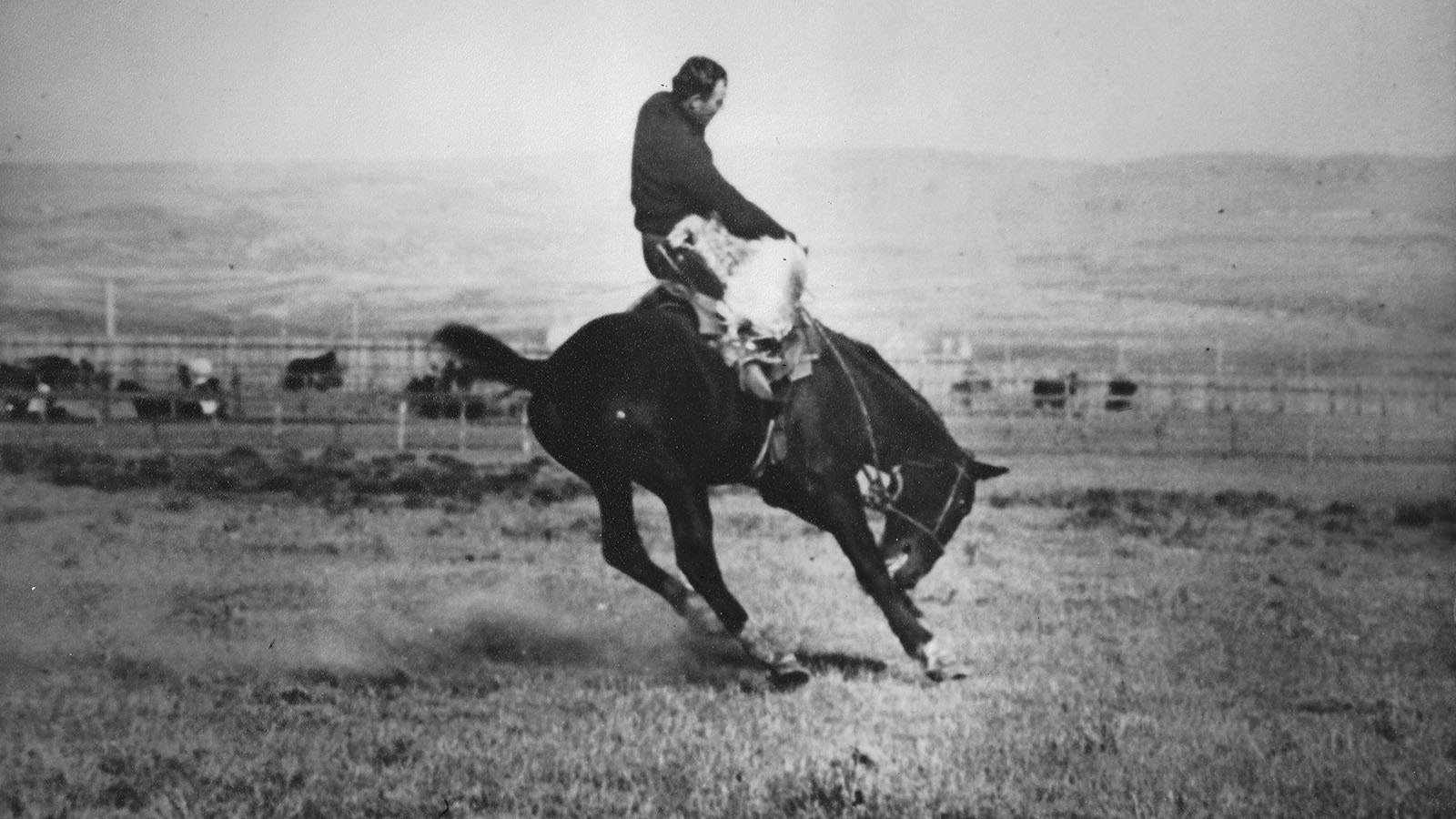An earlier edition of The American West chronicled some of the continent-crossing adventures of naval officer Edward F. “Ned” Beale. But he accomplished much more in his service to the country, and some of what he achieved is still with us today.
In 1853, President Millard Fillmore named Beale Superintendent of Indian Affairs, with jurisdiction over California and what is now Nevada. In September of that year, Beale selected land in the San Joaquin Valley and established the Sebastian (or Tejon) Indian Reservation, California’s first.
The reserve was to be a homeland for Yokuts, Kitanemuk, and Chumash tribes who lived in the area, and whose ancestors had frequented the place for at least 4,000 years.
Some reports say the reservation was home to about 1,000 Indians, but in 1854 Beale claimed a population of 2,500. Beale was also instrumental in the establishment of Fort Tejon in 1854 to protect the reservation, as well as fend off raids on white settlers in the area by Paiutes, Chemeheui, and Mohave bands.
Beale was released from the Indian Affairs assignment in 1856, but his relations with the native tribes continued following his appointment as Brigadier General in the California State Militia, where he continued working with and negotiating treaties with the Indians.
The following year saw Beale on the road again—this time given the job to build the road. President James Buchanan called on him to survey and construct a wagon road from Fort Defiance in New Mexico across 1,000 miles of arid deserts and mountains to the California border on the Colorado River beyond Kingman, Arizona. Today, Route 66, Interstate 40, and the Santa Fe Railway follow, more or less, Beale’s road.
The road assignment came with a condition: Beale was to employ camels in the project. The dromedaries were the property of the U.S. Army, the result of a 20-year campaign to import and test the “ships of the desert” as pack animals to supply military forts in the desert Southwest. After lengthy negotiations, funds were finally appropriated.
The beasts arrived in 1856, but their service proved short-lived for a variety of reasons, none related to their performance or capabilities.
Beale used 25 of the now-surplus dromedaries to build the road, and reported to the Secretary of War, “[O]ur admiration for them has increased day by day . . . At times I have thought it impossible they could stand the test to which they have been put, but they seem to have risen equal to every trial and have come off every exploration with as much strength as before starting.”
Beale had been, and continued, purchasing land around the Tejon Indian Reservation he had established.
Owing to floods, droughts, and encroachment by white settlers, the reservation was shut down in 1864 and Fort Tejon was abandoned. By buying up and consolidating four Mexican land grants—land which included the reservation site—Beale established the Tejon Ranch.
The 270,000-acre ranch covers some 426 square miles, including Antelope Valley, the Tehachapi Mountains, and the southern San Joaquin Valley. Beale planted crops and stocked the ranch with cattle and sheep—as well as camels he purchased from the Army after completing his wagon road.
Beale’s ranch is still in operation today as a working ranch, and is California’s largest tract of private land. Because of the environmental, ecological, historic, and prehistoric features of the land, much of the ranch is protected with conservation easements established by the ranch and a number of environmental groups in 2008, and administered by an independent board.
Public access is not only allowed, but encouraged. And there is much to see and do.
Lauren di Scipio, an archaeologist, was deeply involved in creating the public access program in 2010.
“I was privileged to lead thousands of people on tours of the ranch,” she says. “It’s one of the most amazing places in the country. It is still a working cattle ranch, with descendants of the original Mexican vaqueros still working there on their cutting horses. The ranch has every type of climate from the Central Valley to the mountains to the desert.
“Tejon Canyon is incredible—you can feel the people of the past moving through that canyon. Often, I would find old horseshoes in the creek. The wildflowers are amazing in the spring. You can still the see the schoolhouse Beale created for the Native American children. The reservation cemetery is there as well,” di Scipio says.
“You can visit General Beale’s home in Antelope Valley. And there are numerous pictographs and other prehistoric sites on that land. There’s so much more to Tejon Ranch—I could go on and on!”
Ned Beale died April 22, 1893. But his spirit and legacy live on at Tejon Ranch and throughout the West.
R. B. Miller can be reached at WriterRodMiller@gmail.com





